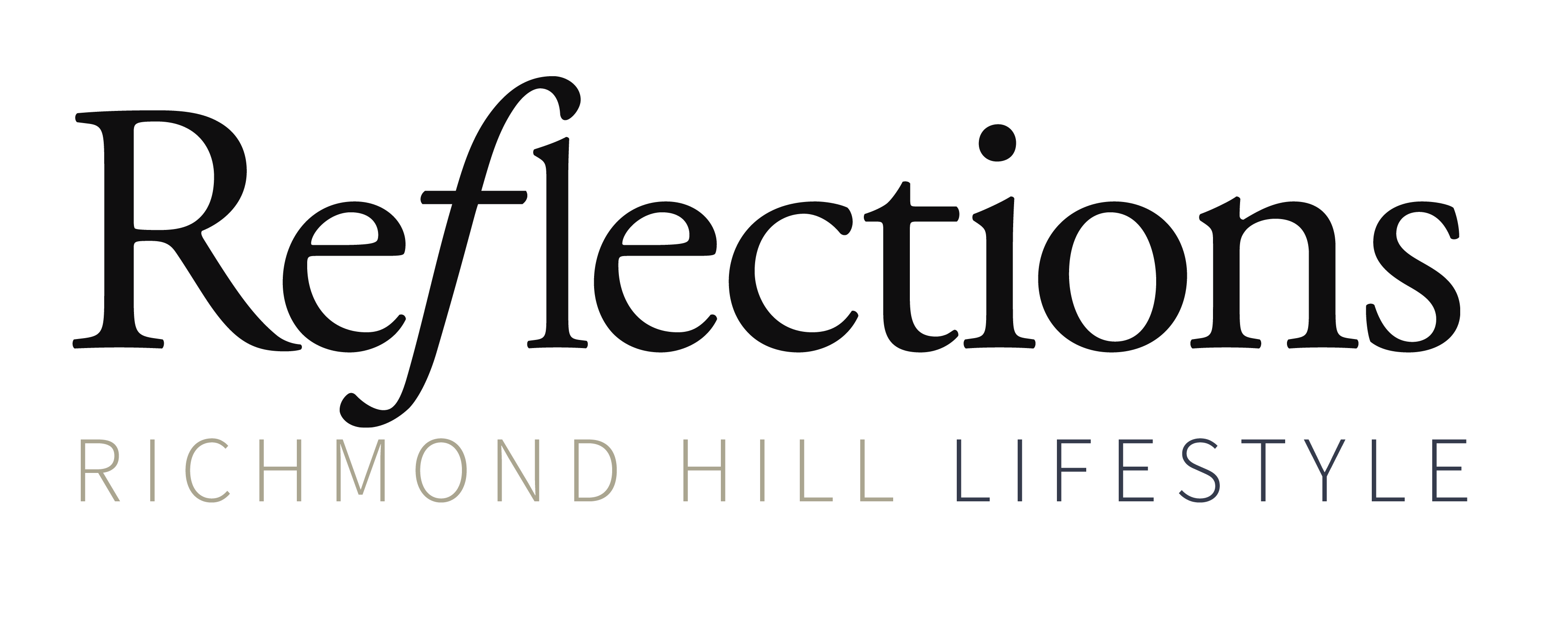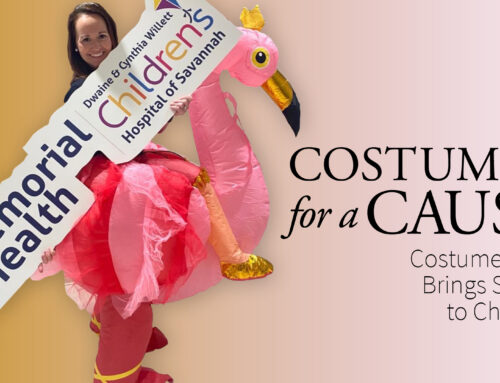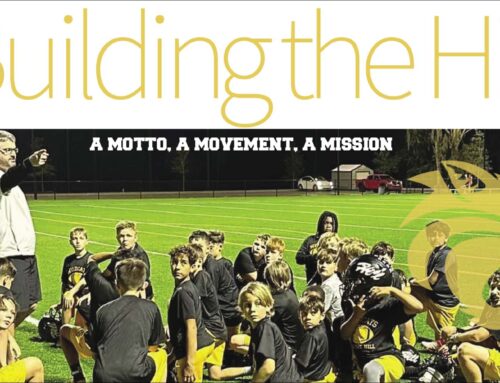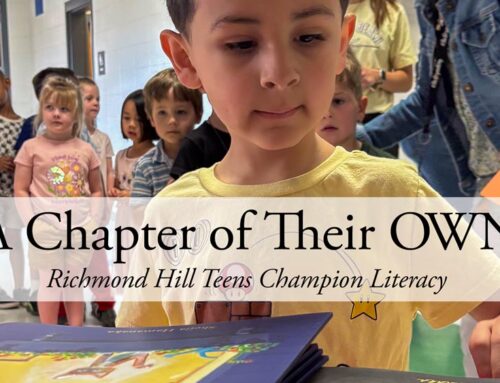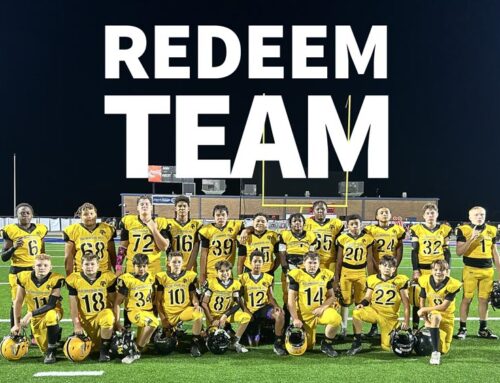Outside of That Box
Written by Heather L. Young Photos by Erin Hixson Photography and Contributed by RHMS
ARCHIVES
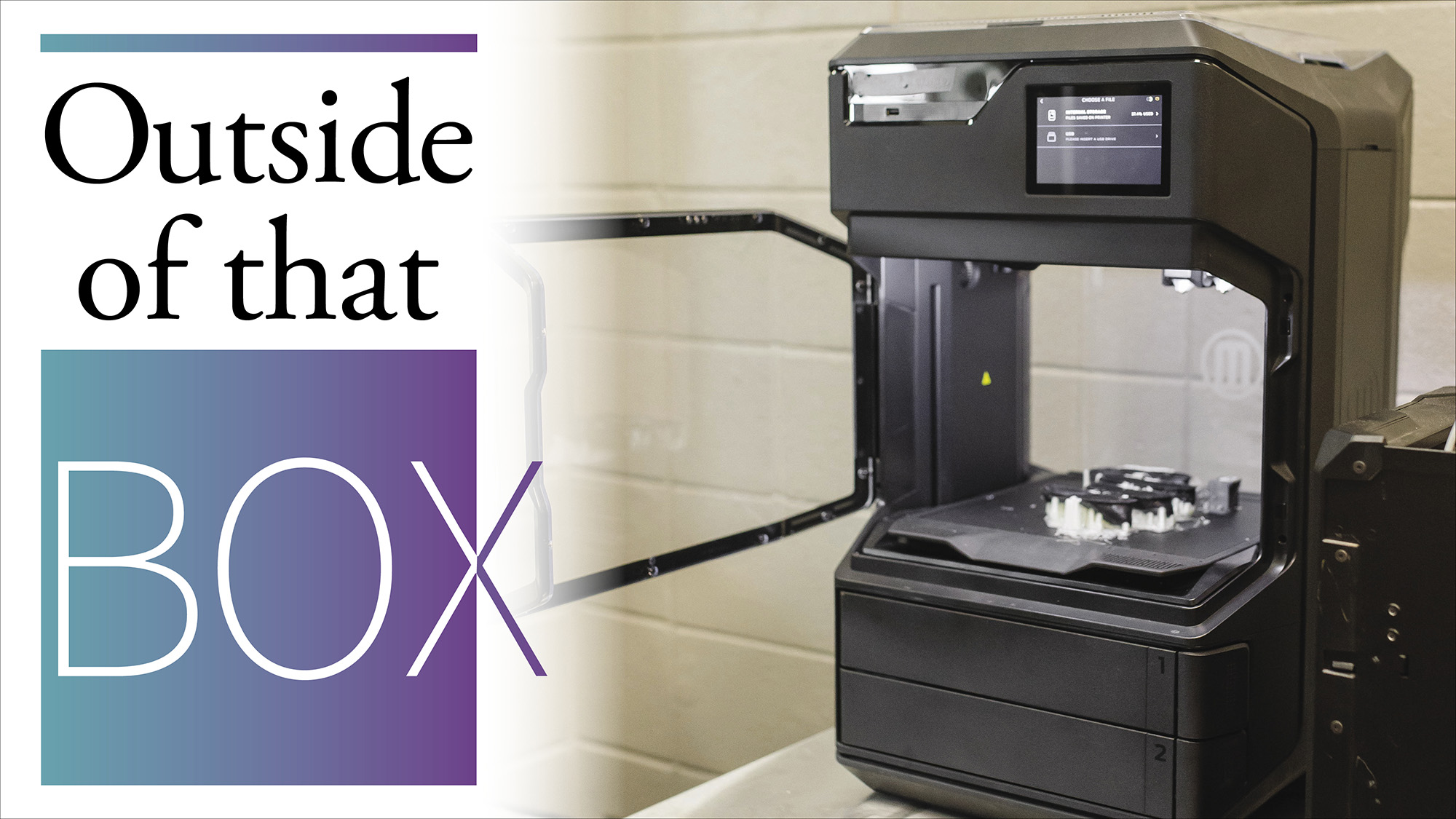
Anyone can learn how to draw if they just tap into the right side of their brain. That’s the theory emphasized in Betty Edwards famed book Drawing on the Right Side of the Brain. My first high school art teacher introduced me to the concept and it all made sense. I was a right-brained kid: creative, intuitive, emotionally driven and wildly imaginative. I wasn’t horrible at math or science, but they certainly weren’t strong points and given the opportunity, I always gravitated to the art room. 25 years later, I’m a full-time working artist, using more of my left brain than I ever imagined.
Richmond Hill Middle School is connecting the dots by reintroducing art into their STEM (science, technology, engineering, mathematics) program. Now appropriately referred to as STEAM, I asked principal, Elizabeth Bennett what the driving force was? She explained that in the process of researching other schools for STEM certification, “We realized just how well-rounded our schools and kids are, and how important fine arts is for a student. It’s mind boggling. So many times we think of STEM as geared towards science and math kids. This gives a place for other kids as well.” The reality is, art has always been a part of the program, RHMS is just making sure the community knows it.
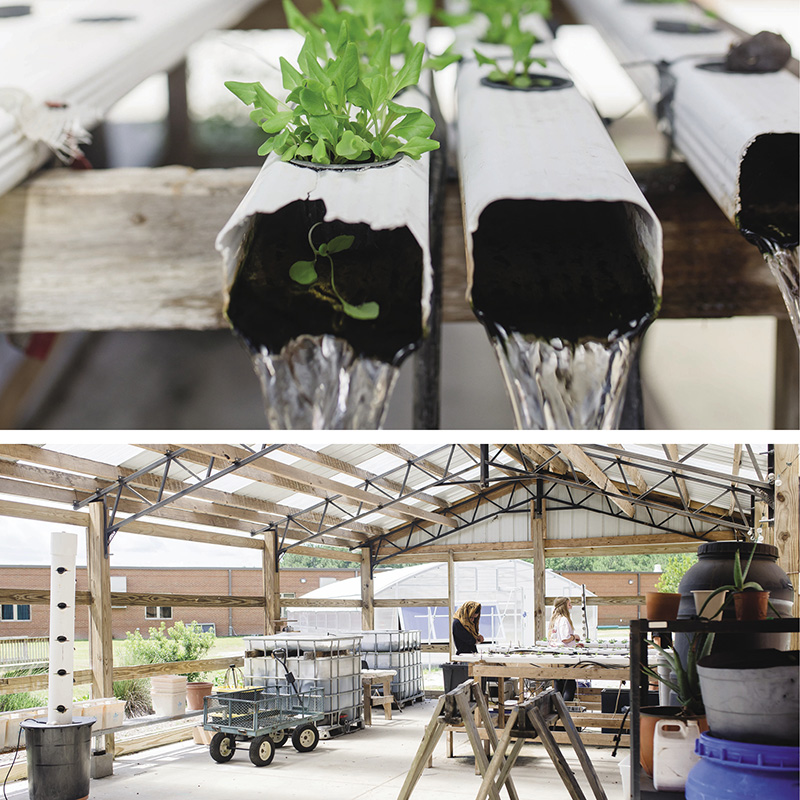
STEAM provides and immersive experience for middle schoolers. The project driven approach allows students to tailor their education to their interests both teachers and students must apply to participate in STEAM. Teachers meet weekly to coordinate lesson plans that reinforce the topics presented in other courses. Even their core math, science, language arts and social studies are intertwined within the program. For example, ReBecca Hunt-Foster, a paleontologist with the National Park Service, came in to talk to students about dinosaurs. From there, students designed PVC skeleton models using a computer program, assembled and painted their models. Ultimately making stop motion videos to get an idea of how dinosaurs roamed the earth. Art and science, seamlessly coming together in one project. The result is a versatile student, not one that is merely labeled right-brained or left.
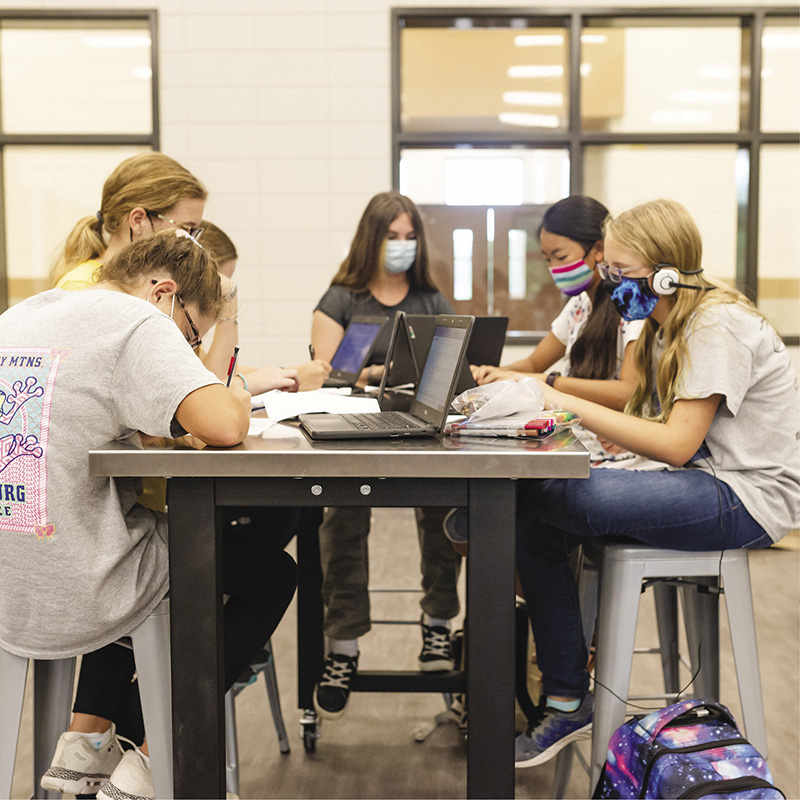
“We want the community to know that art isn’t just an afterthought. It’s very intentional. We want kids to see things not just as functional but to understand the visual aesthetic too. From the cars we drive to the phones we carry,” says Brian Soash, who heads up the program and graciously gave me a tour of the new STEAM wing, some of which is still in under construction. Students have access to an impressive array of resources: four 3-D printers, laser cutter, full shop and then some. The new addition has an expansive flex space with four classrooms adjoined to it. This allows classes to design and conceptualize a project and immediately take it to the shop versus waiting a week for shop availability. All tables are on casters, with magnetic stools, making it easy to clear a space when they need to set up a pool and test underwater robots or problem solve in small groups. Garage doors allow easy access for…. brace yourselves…cars!That’s right, Coastal Electric has purchased 2 electric car kits for the STEAM program. Students will be able to build them in the shop and drive them right out the door. Should any parts break or need to be modified, they can tap into their 3-D printers to design and fabricate additional materials.

A new 24×42-foot greenhouse funded by grants from Rayonier is set to open this year as well. Students will design and implement an aquaponics system to grow lettuce. They will oversee the fish, plants, and harvesting, with the goal of having all the cafeteria lettuce grown, farm-to-table by the end of 2022. Students will also engage non-profits to get surplus crops into the hands of those in need right here in Richmond Hill. One big project focusing on teaching design, agriculture, engineering, and social studies simultaneously. These projects implement a lot of moving parts, but the result mirrors real life problem solving in the collaboration of students, staff, and community.
Brian also credits the school district for funding, and this year they are applying for program certification. Should they receive it, Richmond Hill Middle School will be one of only about 18 certified in the state. “We are pursuing program certification because this is what we believe in, and we feel very proud of it. The teachers work their tails off for it and it’s an honor to work with them. I give all the credit to them and the kids we have.”
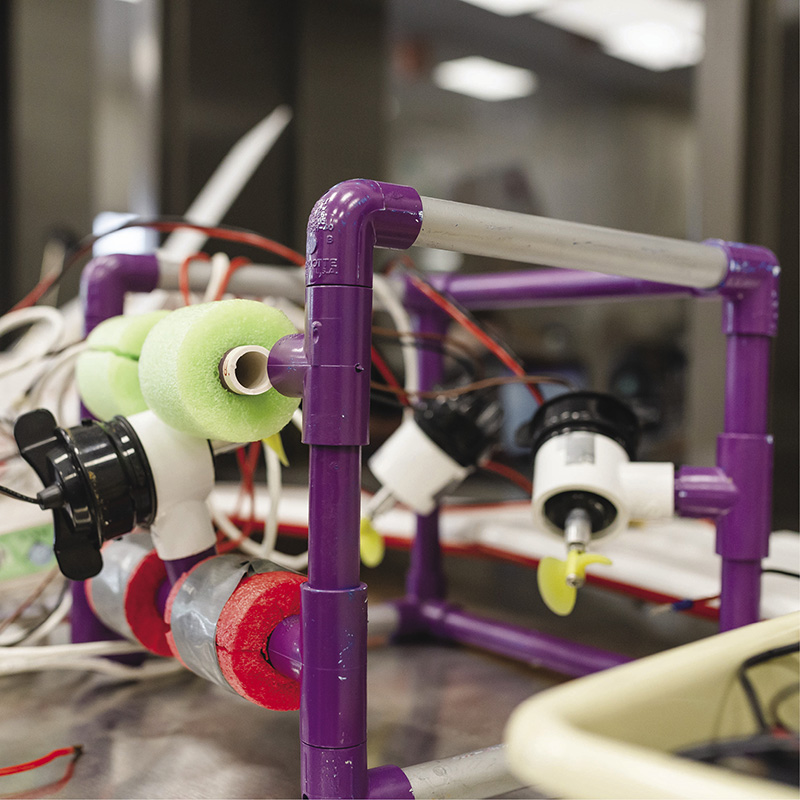
STEAM offers an innovative approach that highlights a student’s strong points while providing resources to strengthen areas they may find more challenging. Students learn to utilize both the analytical and creative sides of their brains. Perhaps confining labels like “right brained” or “left brained” are dying, and I for one, am happy to be living outside of that box.
